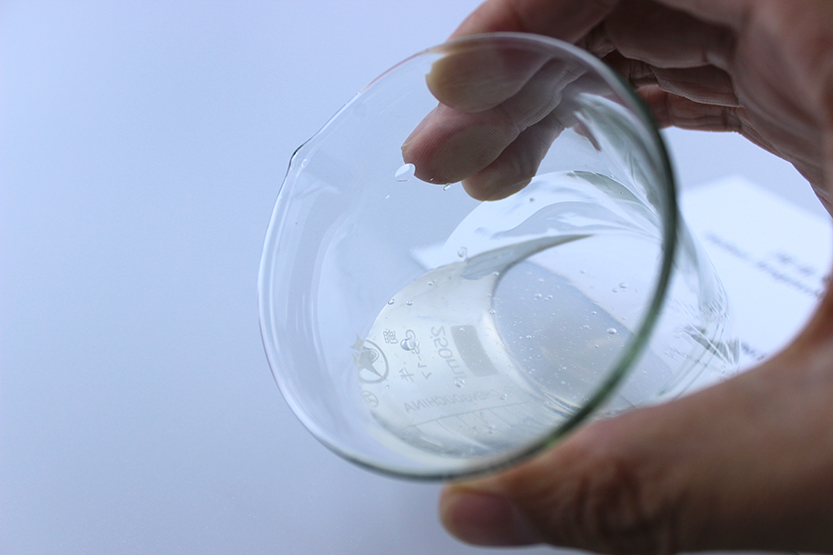
অক্টো. . 21, 2024 14:28 Back to list
Sustainable Management Practices for Gypsum in Construction and Agriculture Applications
The Role of HPMC in Gypsum Applications
Hydroxypropyl Methylcellulose (HPMC) has gained significant traction as an essential additive in the gypsum industry. Known for its water-retaining properties and versatility, HPMC is increasingly utilized in various applications, particularly in gypsum-based products like plaster, wallboards, and other construction materials. This article explores the benefits of HPMC in gypsum applications, highlighting its impact on performance, workability, and end-use properties.
Enhancing Workability and Handling
One of the primary reasons for incorporating HPMC into gypsum formulations is its ability to improve workability. HPMC's unique chemical structure provides excellent viscosity, enhancing the flow and consistency of the gypsum mix. This workability is crucial during application as it facilitates easy spreading, leveling, and molding, ensuring a smooth finish. Additionally, HPMC helps reduce dust emissions during mixing and handling, creating a safer working environment.
Water Retention and Open Time
Another significant benefit of HPMC in gypsum products is its superior water retention capabilities. When HPMC is added to gypsum formulations, it helps retain moisture, allowing for a longer open time. This extended period enables contractors to work on larger areas without the material drying too quickly. Furthermore, improved water retention aids in the thorough hydration of gypsum, ensuring optimal setting and hardening characteristics, which contribute to the final product's strength and durability.
Consistency and Performance
hpmc for gypsum

HPMC plays a pivotal role in maintaining the consistency of gypsum mixes. The agent acts as a stabilizing agent, preventing separation and settling of the components in the mixture. This consistency is critical for achieving high-quality surfaces and structural integrity in the final application. Moreover, the performance of gypsum products is enhanced with HPMC, as it helps improve adhesion to various substrates, further increasing the utility of the material in construction.
Resistance to Cracking and Shrinkage
The addition of HPMC to gypsum products has been shown to reduce the risk of cracking and shrinkage during the drying process. Cracking is a common issue faced in gypsum applications, especially in thicker layers or when subjected to environmental stresses. HPMC contributes to a more balanced moisture loss, which mitigates the chances of cracks forming. This feature not only prolongs the lifespan of the gypsum application but also enhances its aesthetic appeal, as a crack-free surface is more visually pleasing.
Environmental Considerations
With the construction industry's growing emphasis on sustainability, the use of HPMC in gypsum products aligns with environmentally friendly practices. HPMC is derived from natural cellulose sources and is biodegradable, making it an attractive choice for manufacturers looking to reduce the environmental footprint of their products. Additionally, the improved performance of gypsum products leads to less waste in terms of rework and repairs, further supporting sustainability efforts in construction.
Conclusion
Hydroxypropyl Methylcellulose has emerged as a vital component in the formulation of gypsum products, offering numerous benefits that enhance their utility in the construction sector. From improving workability and water retention to ensuring consistency and performance, HPMC contributes significantly to the overall quality of gypsum applications. As the demand for high-performance building materials continues to grow, the role of HPMC in gypsum products will likely expand, cementing its place as an essential additive in modern construction practices. Whether for residential, commercial, or industrial applications, HPMC-based gypsum solutions are poised to shape the future of the building industry, delivering durability, efficiency, and sustainability in every project.
-
The Widespread Application of Redispersible Powder in Construction and Building Materials
NewsMay.16,2025
-
The Widespread Application of Hpmc in the Detergent Industry
NewsMay.16,2025
-
The Main Applications of Hydroxyethyl Cellulose in Paints and Coatings
NewsMay.16,2025
-
Mortar Bonding Agent: the Key to Enhancing the Adhesion Between New and Old Mortar Layers and Between Mortar and Different Substrates
NewsMay.16,2025
-
HPMC: Application as a thickener and excipient
NewsMay.16,2025
-
Hec Cellulose Cellulose: Multi functional dispersants and high-efficiency thickeners
NewsMay.16,2025







